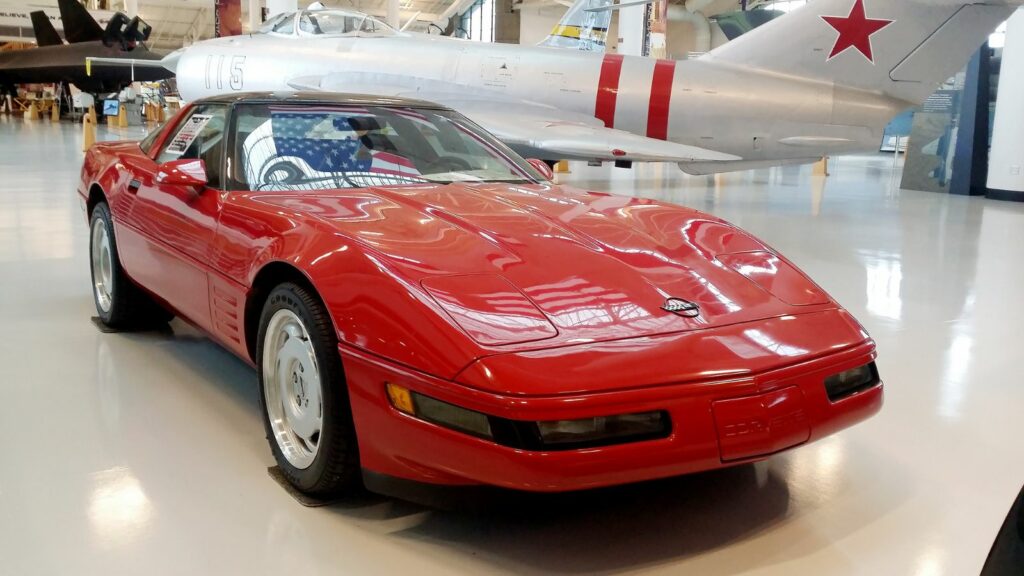Some cars were built with so much speed and raw power that they felt closer to race cars than anything meant for a public road. Automakers sometimes ignored practicality and safety in pursuit of performance, creating machines that pushed limits far beyond what most drivers could handle. Insurance companies raised premiums, regulators voiced concerns, and police officers watched them like hawks. These cars weren’t just fast, they were borderline unmanageable in real-world conditions. Expanded here with more historical and cultural context, these are twelve cars that were really too fast for the street.
Ferrari F40
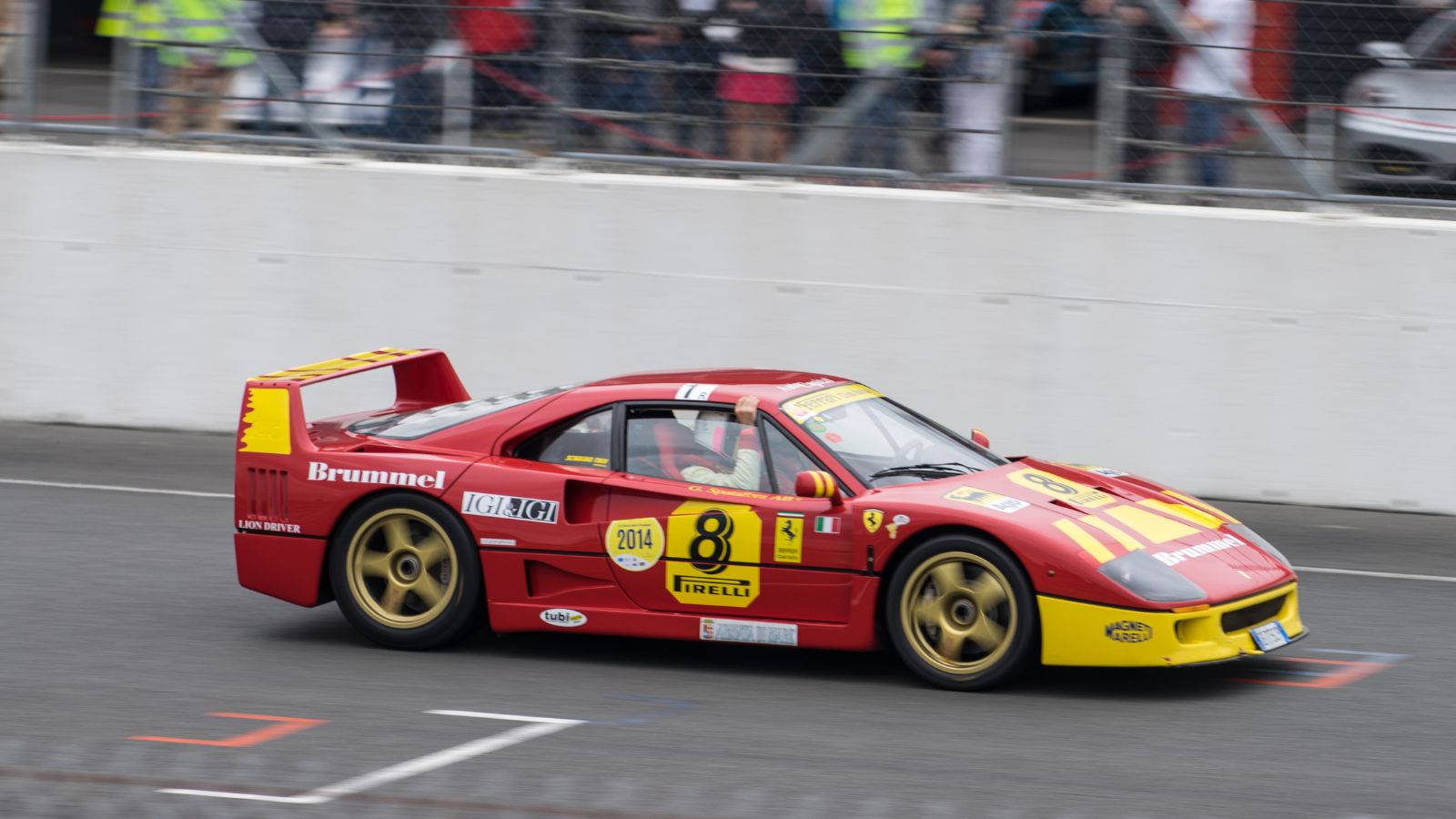
The Ferrari F40 was unveiled in 1987 as a 40th anniversary celebration, but it was really a barely disguised race car. Its twin turbo V8 produced 478 horsepower, but the lightweight carbon-kevlar body and total absence of modern aids made it frightening to control. Zero to sixty came in around four seconds, and it could pass 200 mph with ease. Police in Europe and the United States quickly learned that F40 drivers were tempted to stretch their legs on highways, leading to heavy fines and confiscations. Insurance premiums for owners skyrocketed, with some companies outright refusing to cover them.
Dodge Challenger SRT Demon
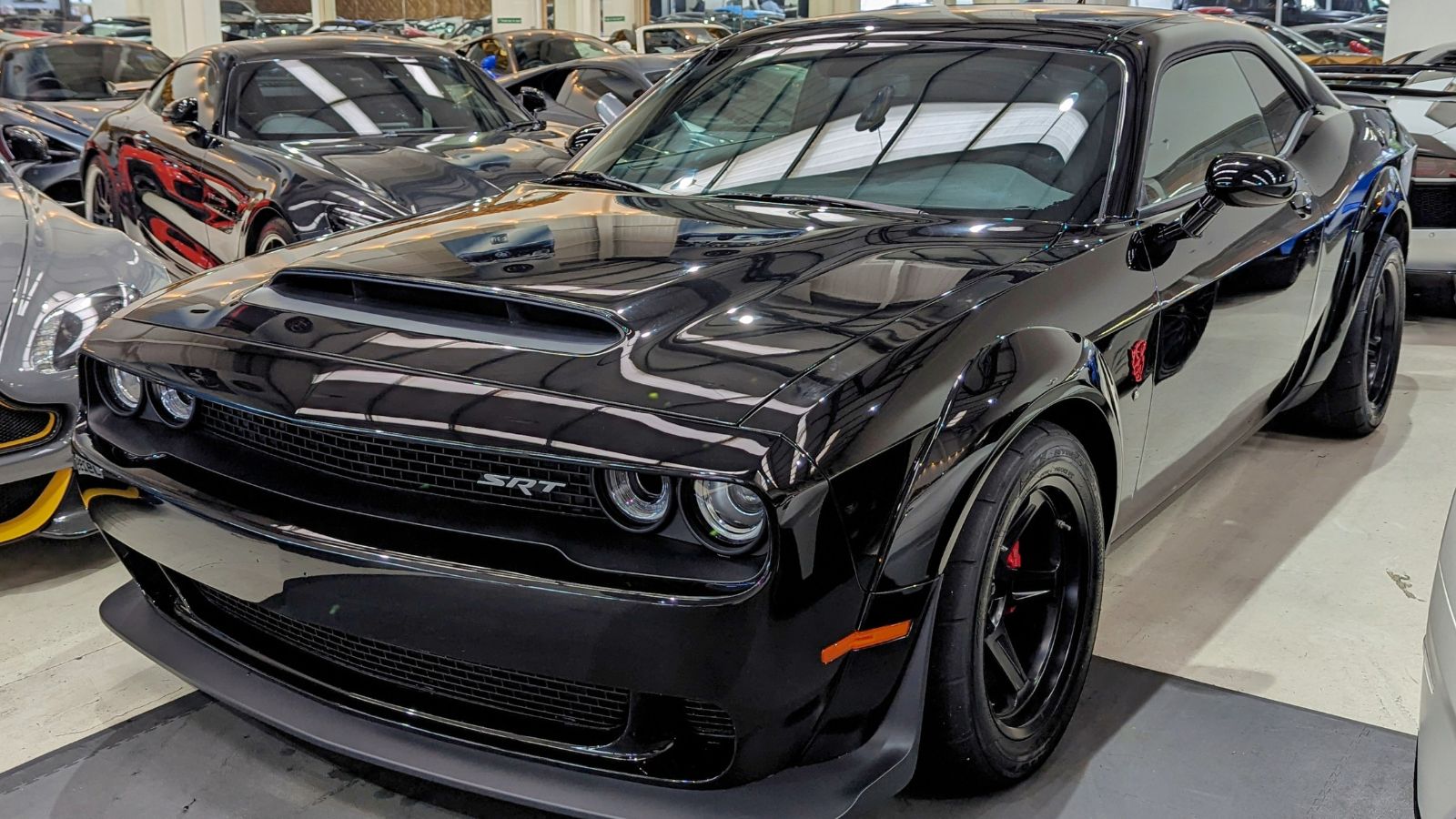
When Dodge released the Demon in 2018, regulators and drag racing officials alike raised eyebrows. Its 840 horsepower on race fuel and ability to run a sub-ten-second quarter mile made it the first factory production car that was essentially illegal at many drag strips unless fitted with extra safety gear. Insurance companies often treated Demon owners with caution, charging higher rates due to the car’s sheer potential for reckless use. While technically road legal, its acceleration was so violent that police across the country were quick to recognize and ticket them.
Porsche 959
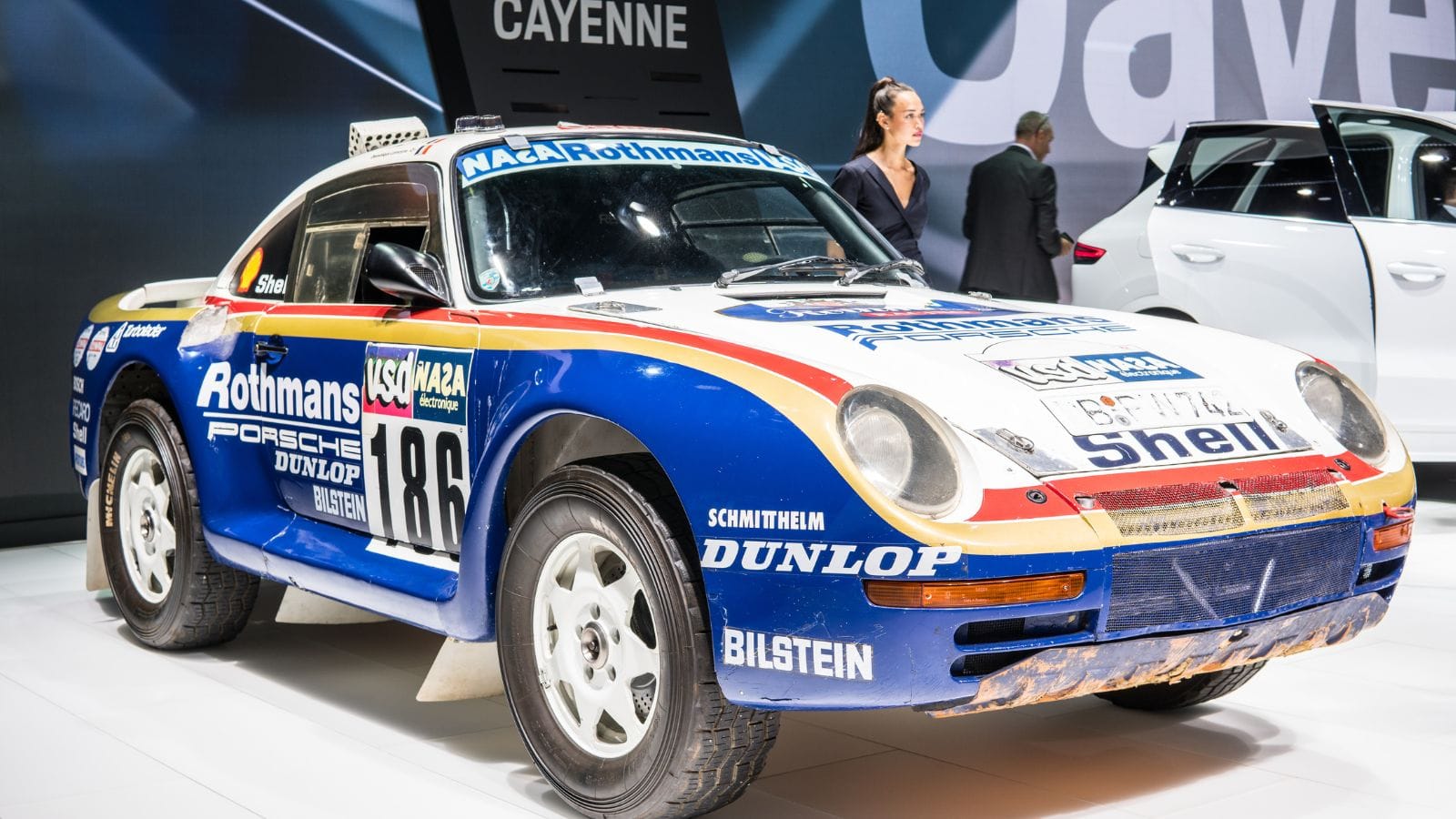
The Porsche 959 arrived in 1986 as one of the most advanced cars of its time. With a twin turbo flat six, advanced all wheel drive, and active suspension, it could nearly hit 200 mph. Originally developed for Group B rally racing, the 959 was too advanced for regulations and was banned from U.S. importation until the 1999 Show and Display law allowed a handful in. Even abroad, regulators worried about the danger of letting average drivers control something so sophisticated and so fast. It was years ahead of what roads and drivers were ready for.
Lamborghini Countach LP5000 QV
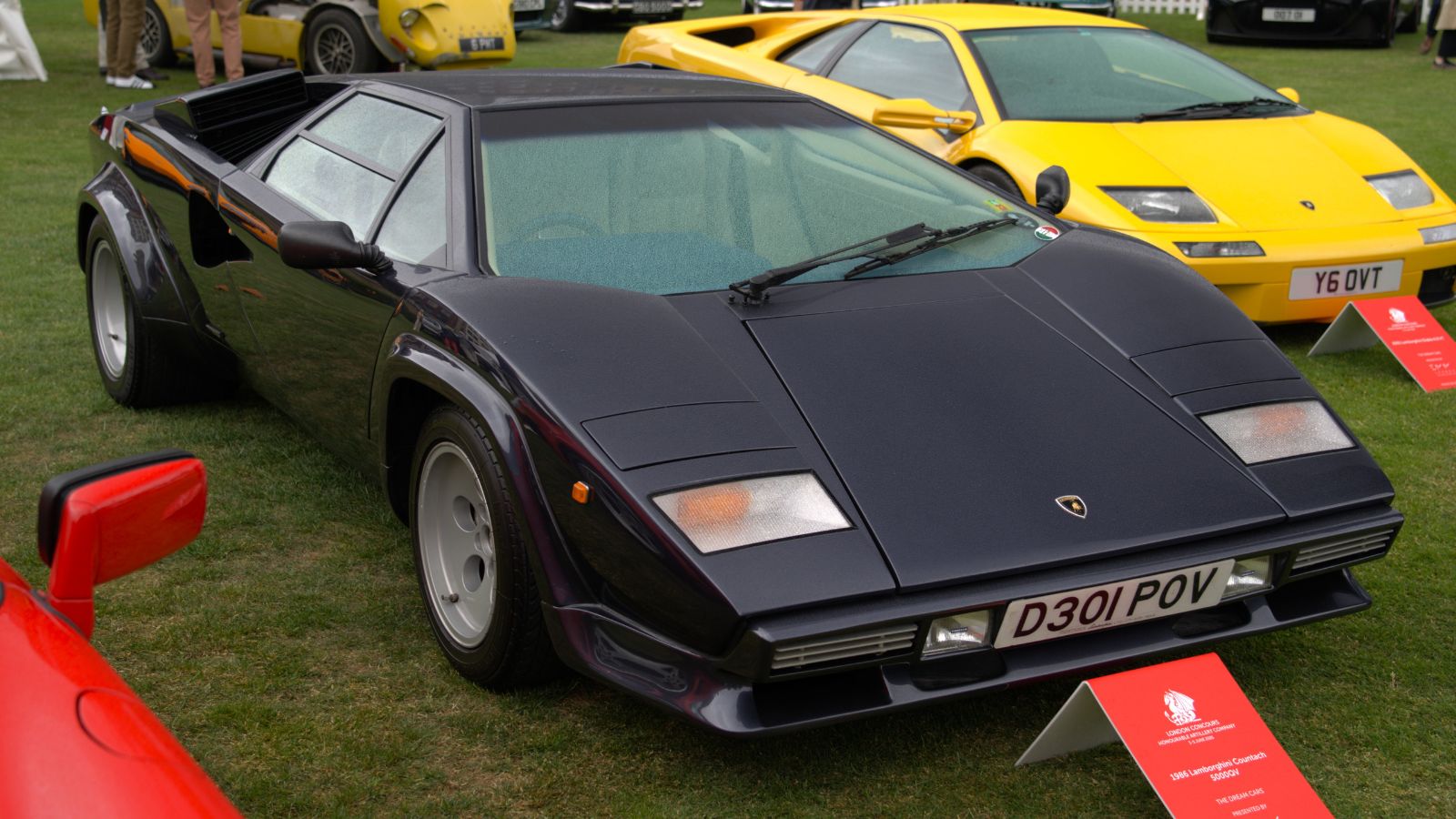
The Lamborghini Countach was the ultimate poster car of the 1980s, but behind the fantasy was a car that was borderline unsafe in real use. The LP5000 Quattrovalvole version produced over 450 horsepower, but handling quirks, terrible visibility, and heavy controls made it dangerous in unskilled hands. Police officers around the world often had to stop Countach drivers for reckless behavior, not necessarily because of bad intentions but because the car was so hard to control at speed. It was a car that made sense on a poster, not in traffic.
Chevrolet Corvette ZR1 (C4)
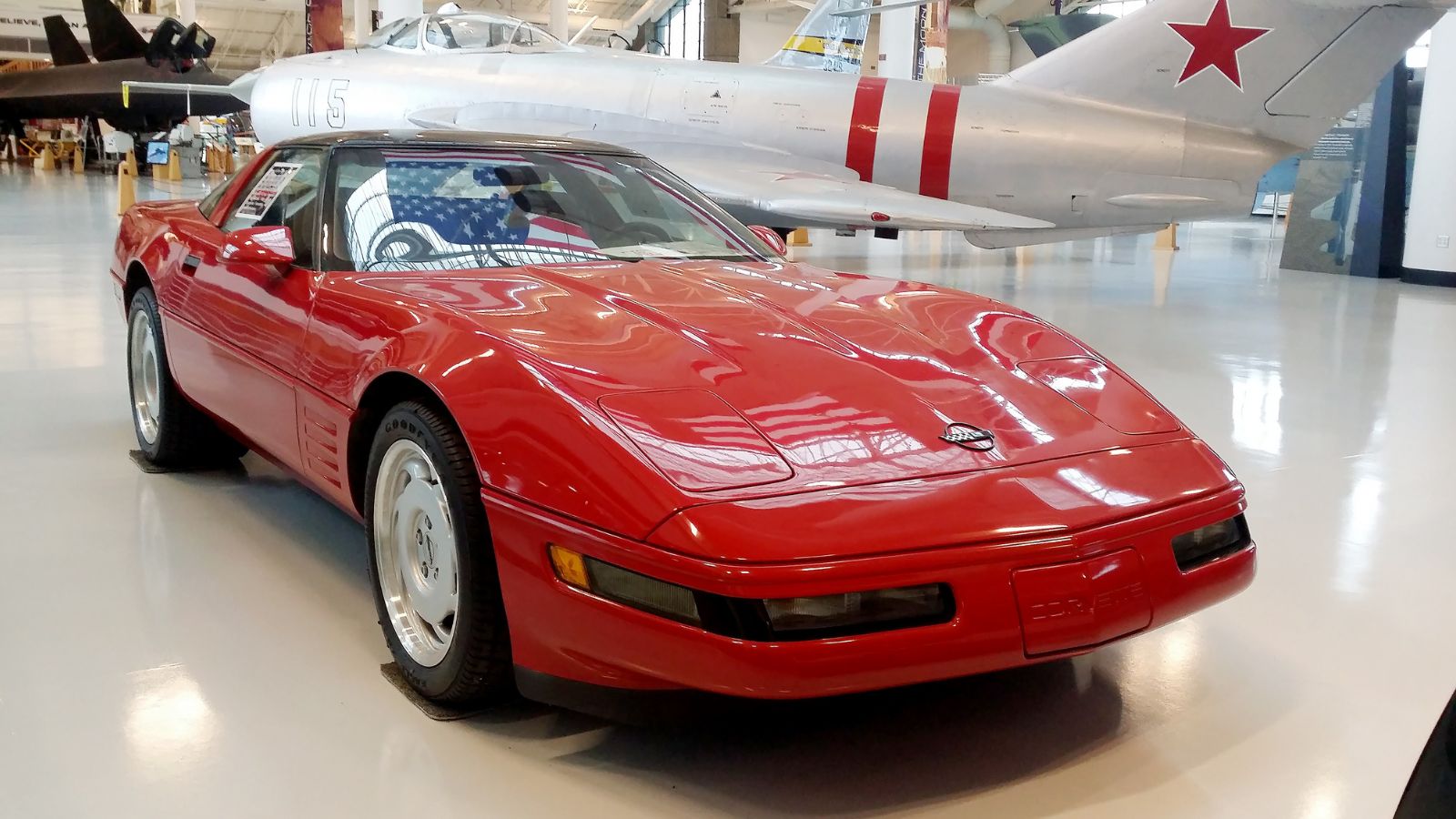
The 1990 Corvette ZR1 shocked the world with its Lotus-designed 5.7 liter V8 producing 375 horsepower, later upgraded to 405. It could sprint past 180 mph at a time when many cars struggled to top 120. American highways were not designed for such speeds, and state police often issued warnings about ZR1s pushing beyond limits. Insurance premiums doubled or tripled for young owners, and many states began cracking down harder on speeding tickets as a result of the growing number of high-powered sports cars like the ZR1.
McLaren F1
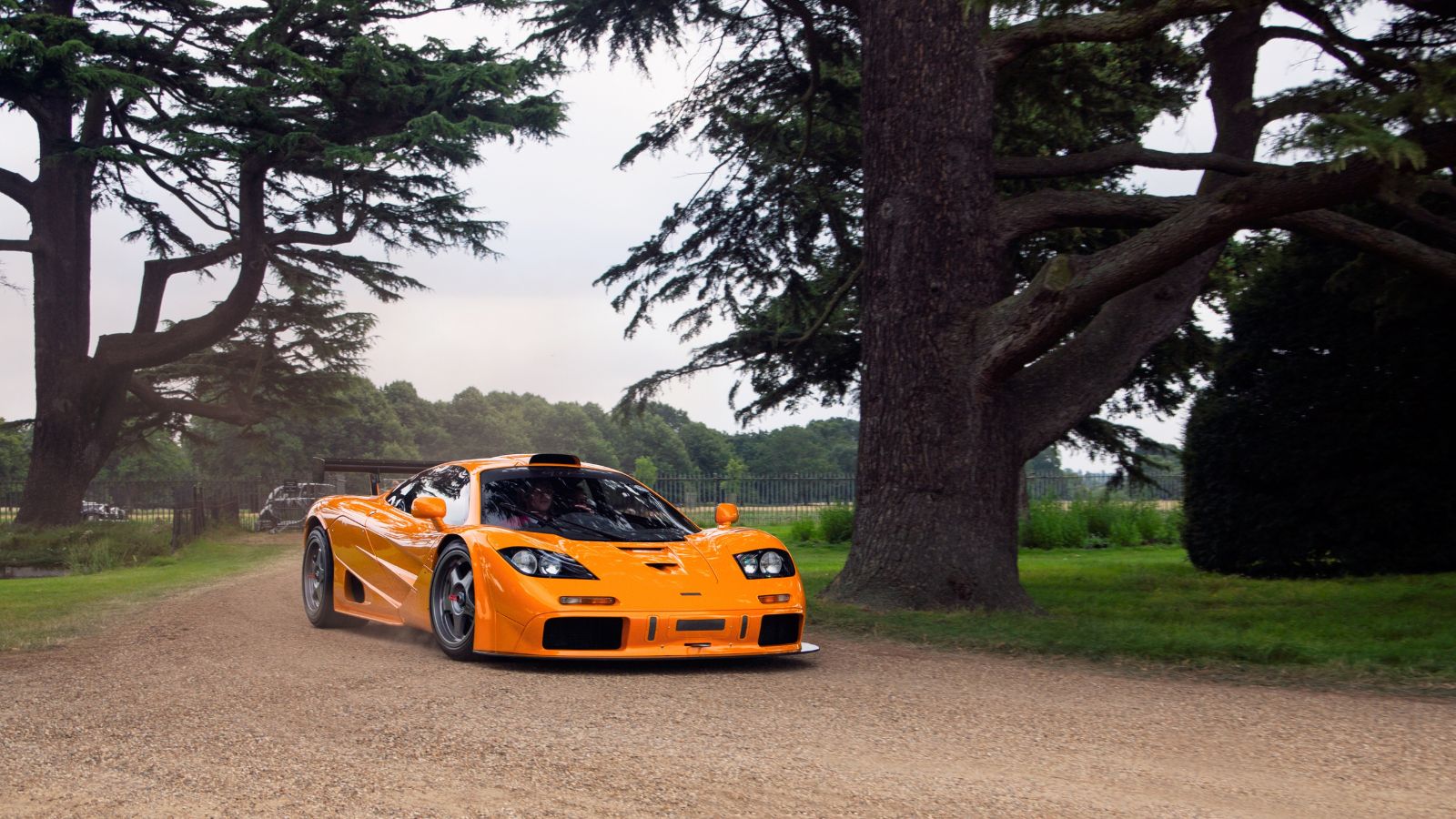
The McLaren F1 is still legendary, with its BMW-built V12 making 618 horsepower and a top speed of 240 mph. It was faster than many race cars of its era, and on public roads, it was utterly excessive. Lawmakers in Europe questioned whether cars capable of such speeds should even be allowed on highways. In Germany, the F1 became infamous on the autobahn, where drivers could legally attempt to max it out. For insurers, it was one of the most expensive cars to cover in the 1990s, with many only willing to provide limited-mileage policies.
Buick GNX
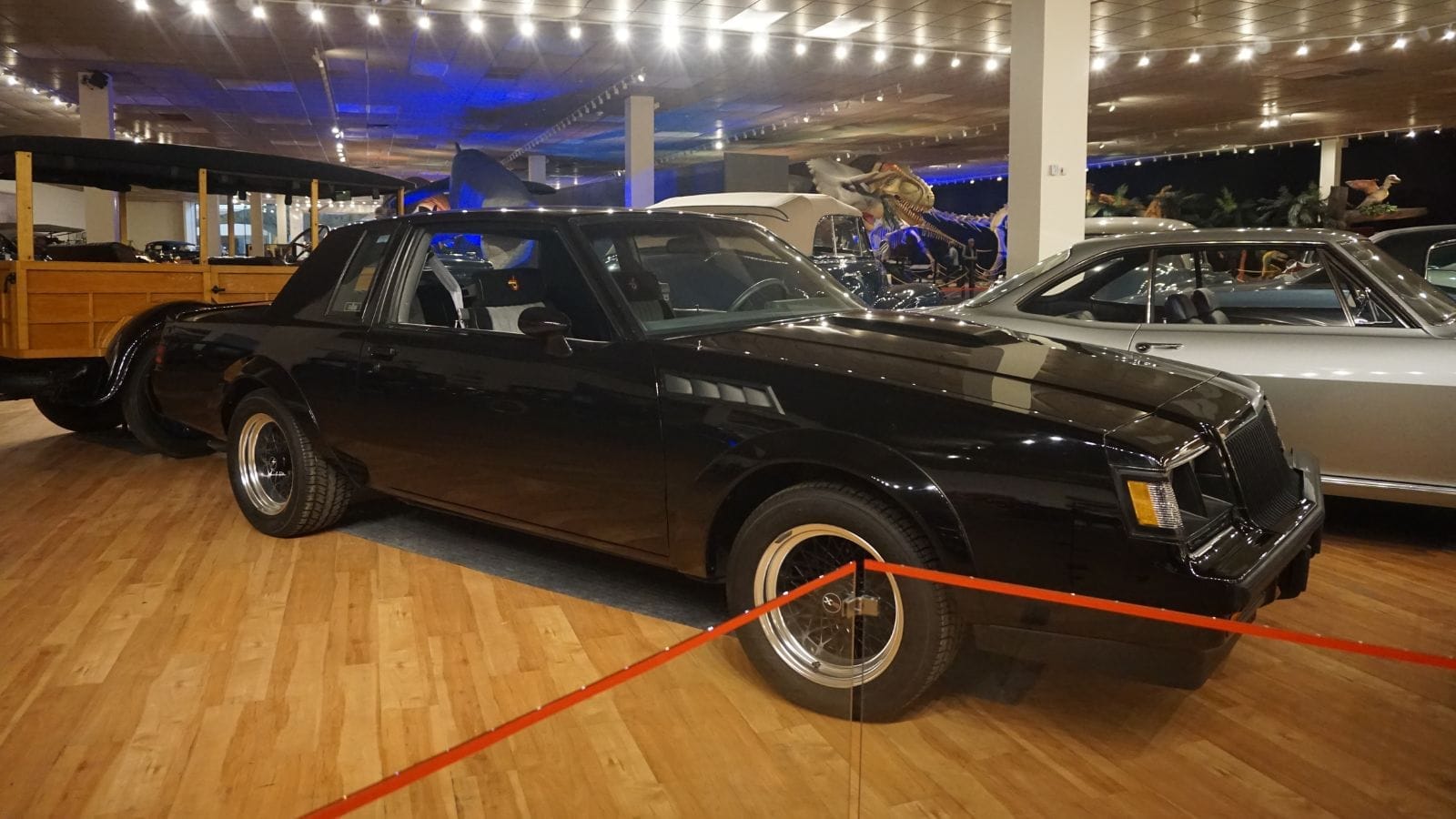
The 1987 Buick GNX looked like a standard Regal to the untrained eye, but with nearly 300 horsepower from its turbocharged V6, it was a menace in disguise. It could run the quarter mile faster than a Corvette of the same year, catching police and rivals off guard. Buick built only 547, but their reputation as dragstrip terrors was cemented. Insurance companies treated them like exotic sports cars, often charging rates on par with Corvettes and Porsches. In the hands of young drivers, it was easy to end up in trouble, both with the law and with the limits of the car.
Saleen S7 Twin Turbo
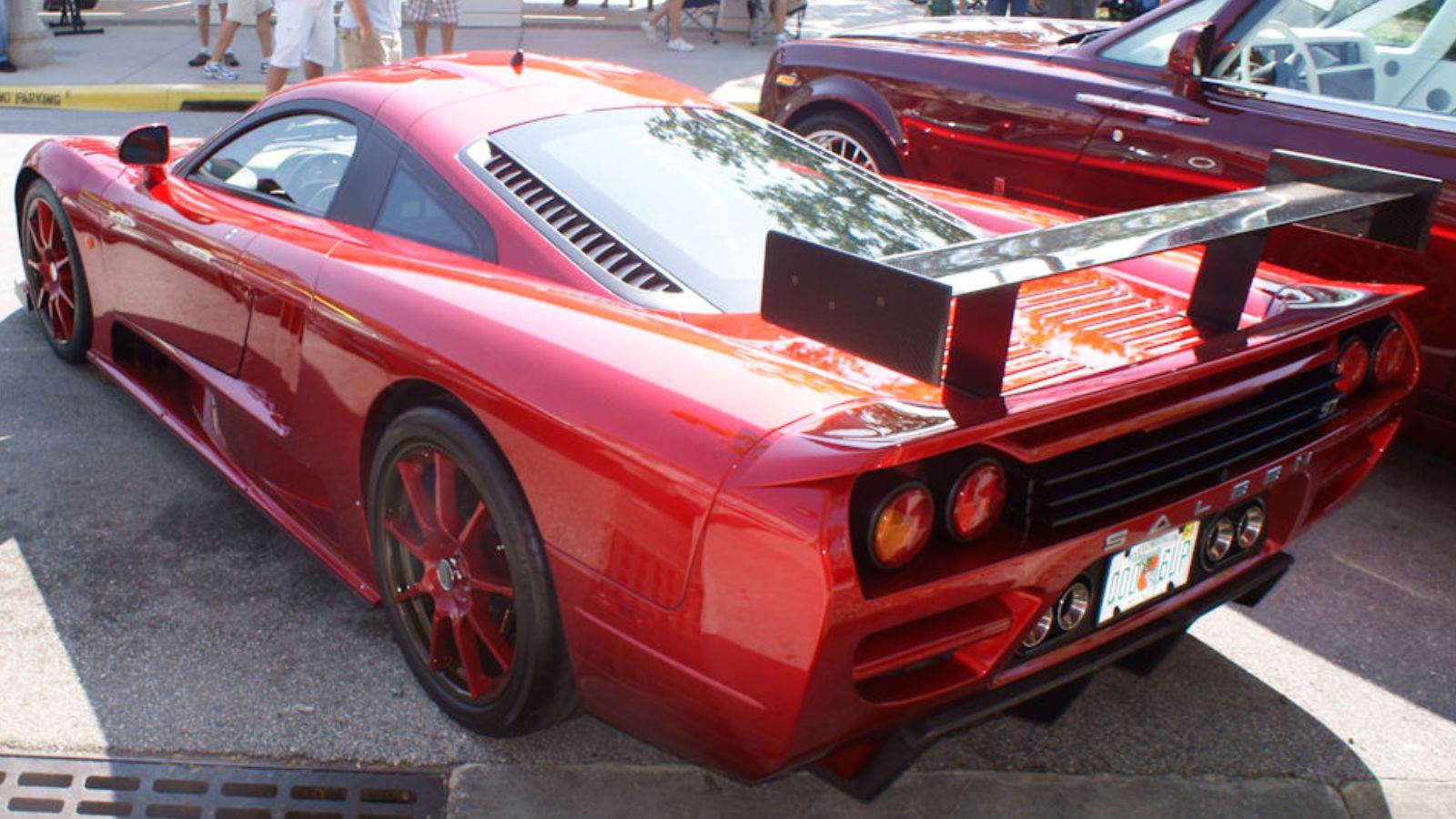
The Saleen S7 Twin Turbo was America’s entry into the hypercar wars of the early 2000s. With over 750 horsepower and a top speed approaching 250 mph, it was far beyond what any public road could handle. With no traction control or stability aids, it required enormous skill. Regulators voiced concerns about cars like the S7 and the Bugatti Veyron setting top speeds that far exceeded safety infrastructure. Police forces in California and Florida frequently reported incidents of owners pushing these cars to dangerous speeds on freeways.
Ford GT (2005)
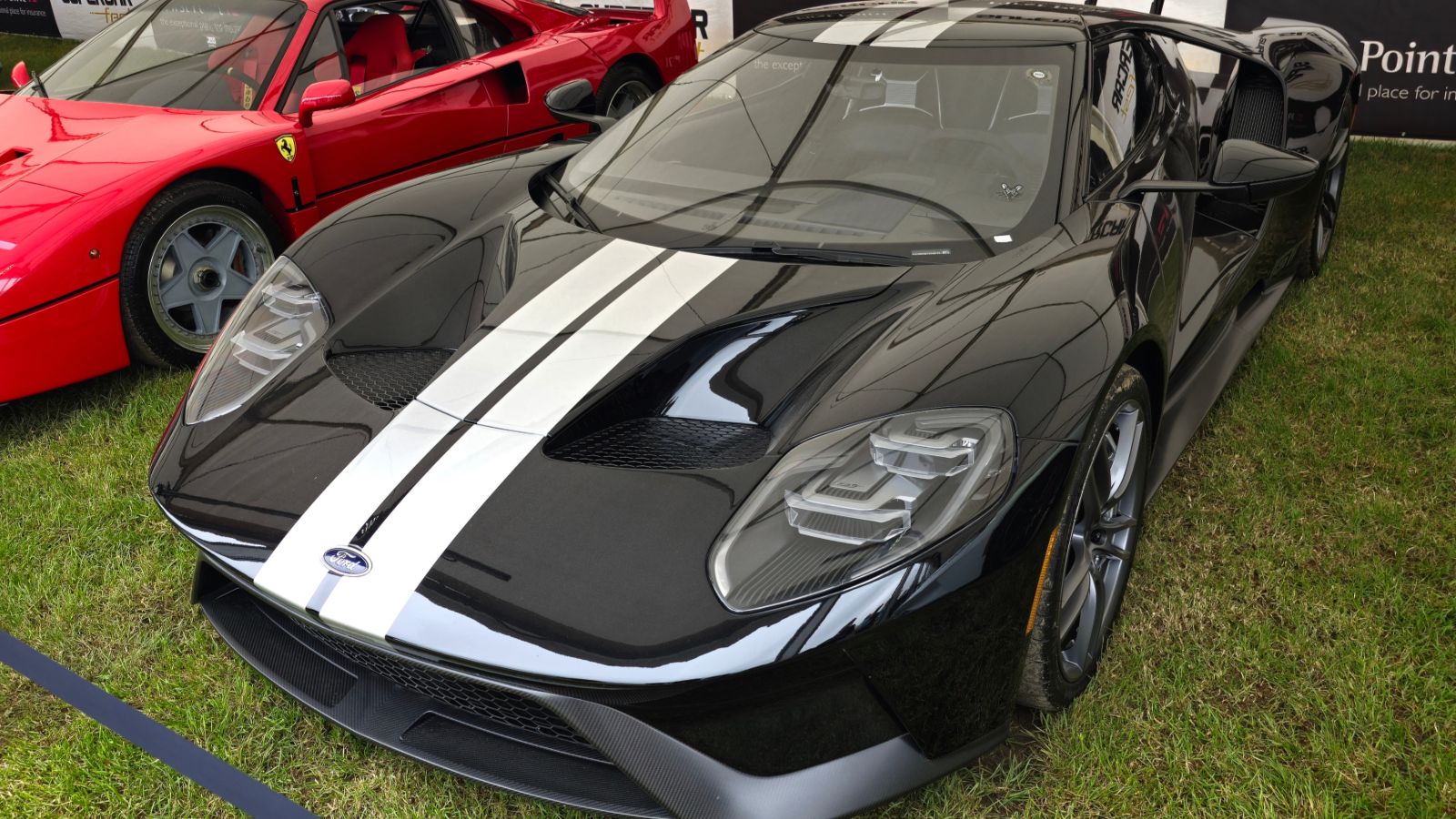
The Ford GT, built to honor the GT40, was a 550 horsepower missile capable of 205 mph. Its stunning retro looks made it a celebrity magnet, but it also caught the eyes of traffic cops everywhere. In Europe, some Ford GTs were seized after being clocked at speeds well over 150 mph on public roads. Insurance companies placed heavy restrictions on coverage, knowing that many buyers would test the limits of their supercharged V8s. While a marvel of engineering, it was also far more power than public roads could realistically handle.
Bugatti Veyron
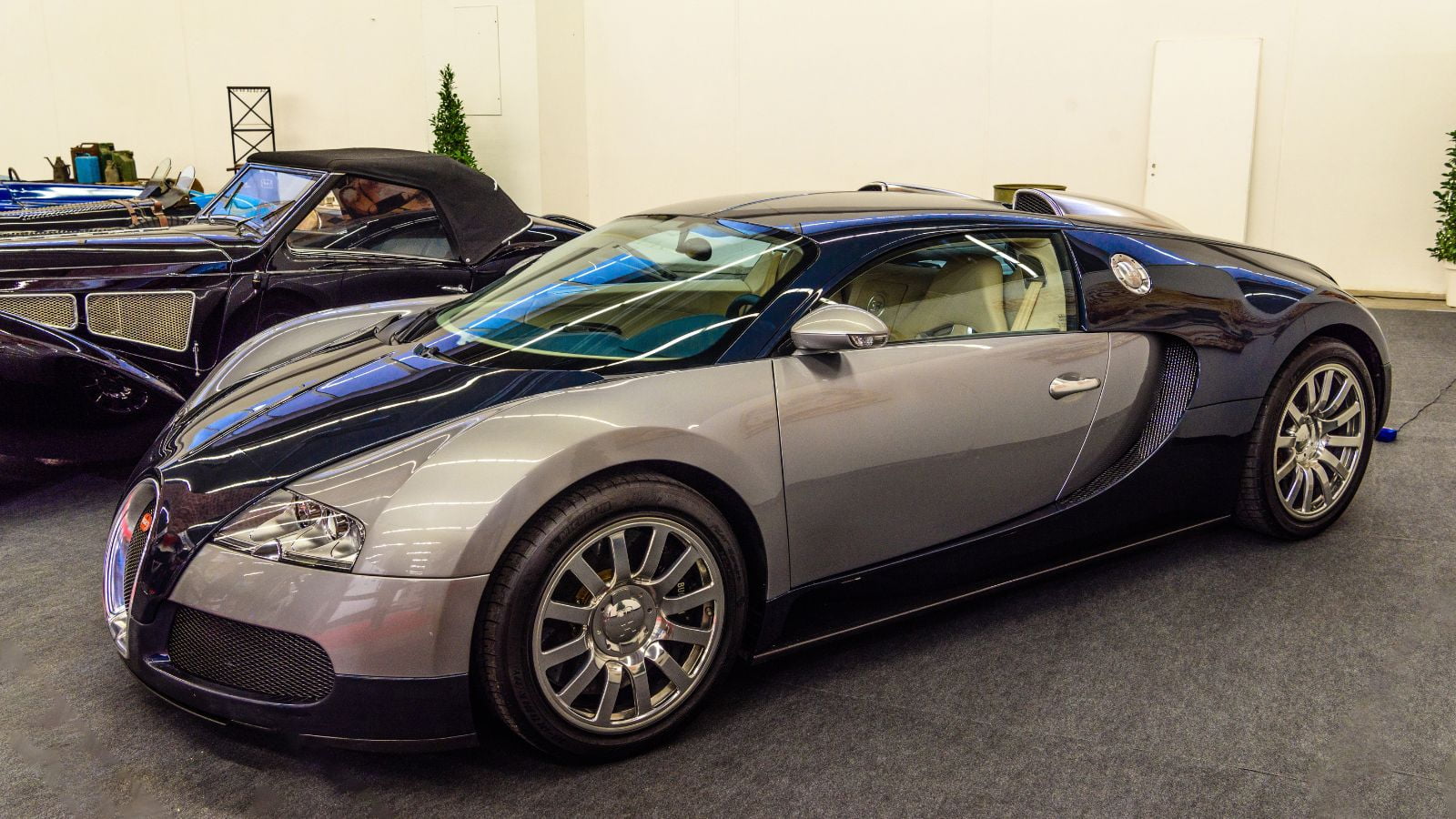
The Bugatti Veyron changed the supercar world forever. With 1001 horsepower from its quad turbo W16 and a top speed of 253 mph, it redefined speed. But in the real world, no road could support that kind of performance legally. Owners who attempted top speed runs often had to rent closed tracks or airstrips. Police in Europe and the Middle East cracked down hard on Veyrons spotted at triple digit speeds, and insurance companies placed them in risk categories shared with private aircraft. The car proved that engineering could surpass practicality.
Nissan GT-R R32
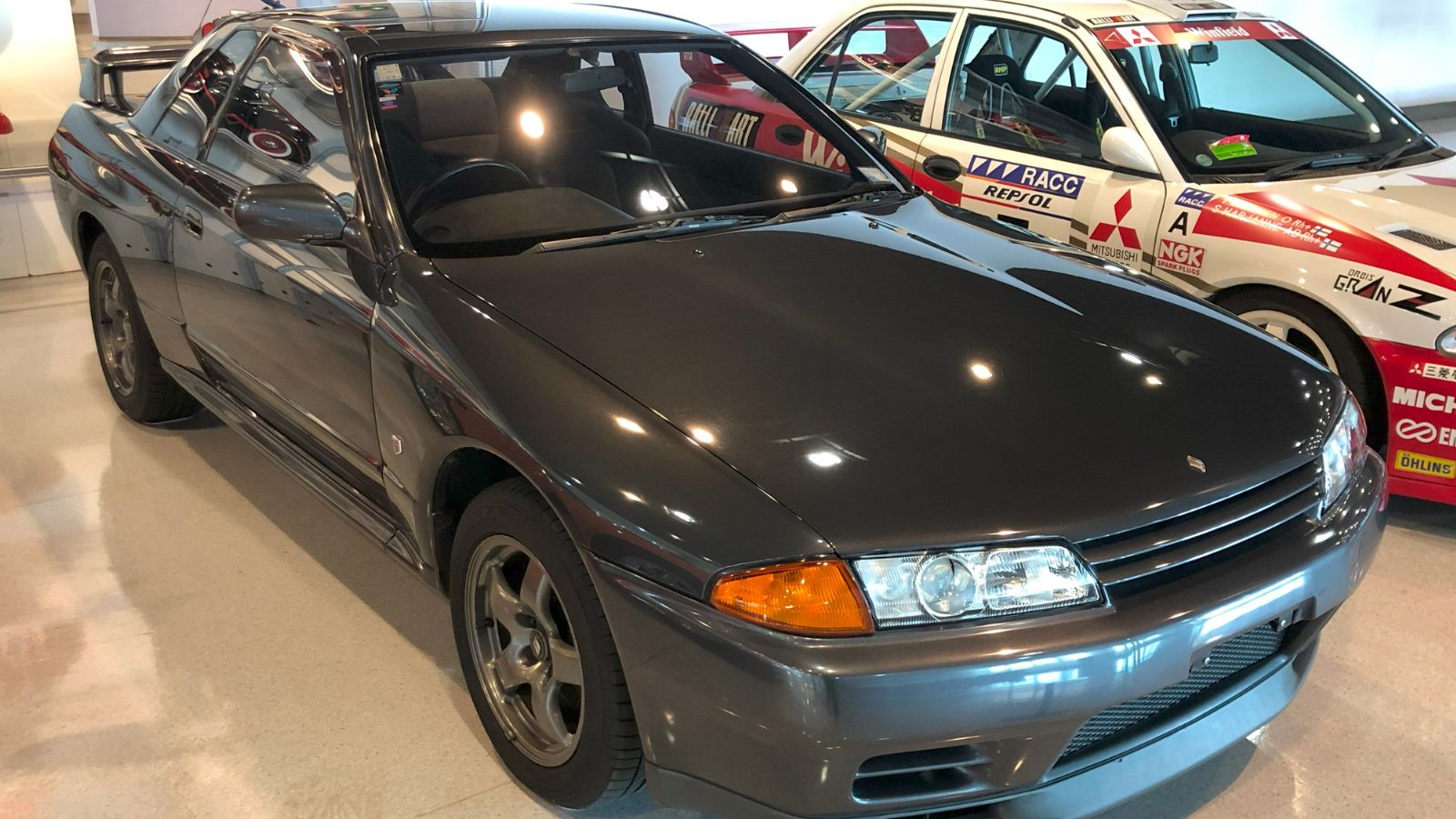
Nicknamed Godzilla, the R32 GT-R of the early 1990s was so effective that racing regulators banned it from certain competitions. Its twin turbo inline six and advanced all wheel drive system made it unstoppable on track, and it translated that dominance to the streets. In Japan, authorities grew concerned about high-speed street racing among GT-R owners, and in the United States the car was banned from importation until much later. With speeds approaching 160 mph and grip levels unheard of in its class, it was simply too much for most drivers.
Lotus Esprit V8 Twin Turbo
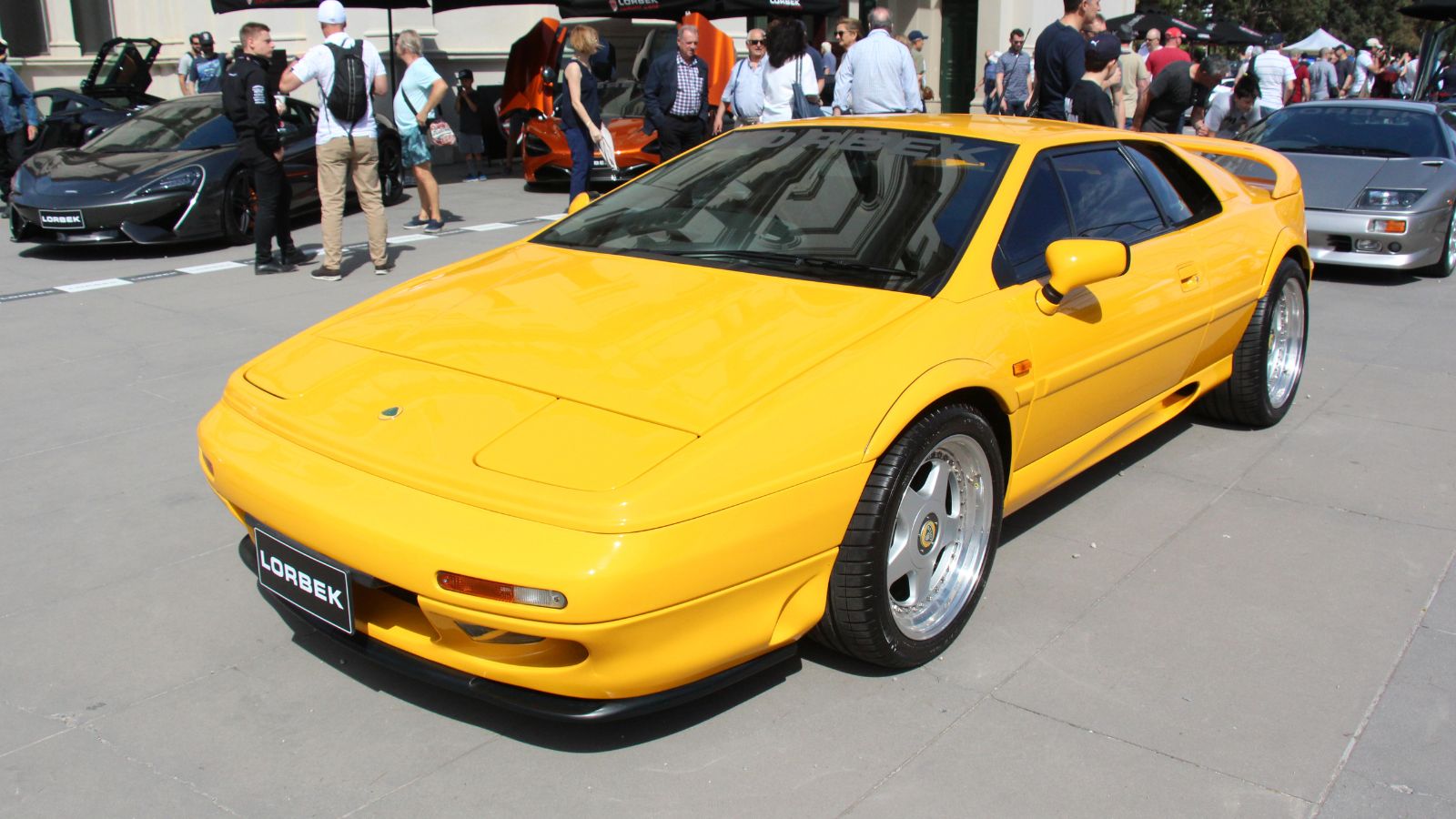
The Lotus Esprit had always been known for its nimble handling, but when the company added a twin turbo V8 in the mid 1990s, it became borderline dangerous. Producing over 350 horsepower in a lightweight body, it could outpace many larger supercars. Unfortunately, its twitchy handling and limited stability systems made it difficult to control. Police reports in Europe often cited Esprit crashes at high speed, and insurers began to treat it as a high-risk exotic. It was a car that demanded professional skill but ended up in the hands of everyday drivers.
